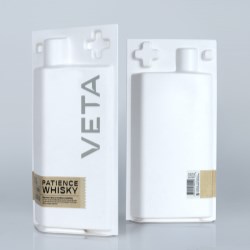If this is your company, CONTACT US to activate Packbase™ software to build your portal.

Dapy Paris
Founded by Pierre-Yves and Francis Azuelos in 1980, DAPY was a pioneer in the manufacture of fashion accessories in transparent plastics for large French and international houses.
Aware of the potential development of plastic materials in the luxury packaging and POS market, the young company developed its organisation into this organisation. DAPY was the first company in the world to present transparent and rigid materials for the luxury packaging industry. In 1992, DAPY was the first European company in its sector to invest in production plants in Asia and develop new technology and large-scale production at better cost. Our strength is in our capacity to imagine, create and develop cases, boxes and other items which respect your product and brand identity, making them stand out and reinforcing their prestige.
BEAUTIFYING YOUR PRODUCTS
Perfectly mastering the requirements of luxury packaging, DAPY designs and manufactures packaging and POS items for perfumes, cosmetics, champagnes, spirits and others for the main actors of the luxury industry.
DAPY is commited to control and monitor each step of the production process, from conception to delivery, thus ensuring the highest quality of all projects.
OUR PASSION FOR LUXURY AT YOUR SERVICE
From the beginning, DAPY has continually proven its ability to create, anticipate, and manufacture products that fufill our clients needs, with products that are more and more original and complex.
More than 30 years experience, and renewed trust from our clients, have enabled DAPY to develop a unique know how in this domain.
OUR EARTH FRIENDLY PROMISE
DAPY is committed to develop our products with Eco-Design in mind. The entire product life cycle should be regarded in an integrated sustainable perspective, for advance development, design, production, marketing, purchasing and project management requirements. In this way, we have the best chances to predict the potential environmental impact of the product at all stages of its life cycle. On top of that, our packaging products often have a secondary use which extends their life cycle.















